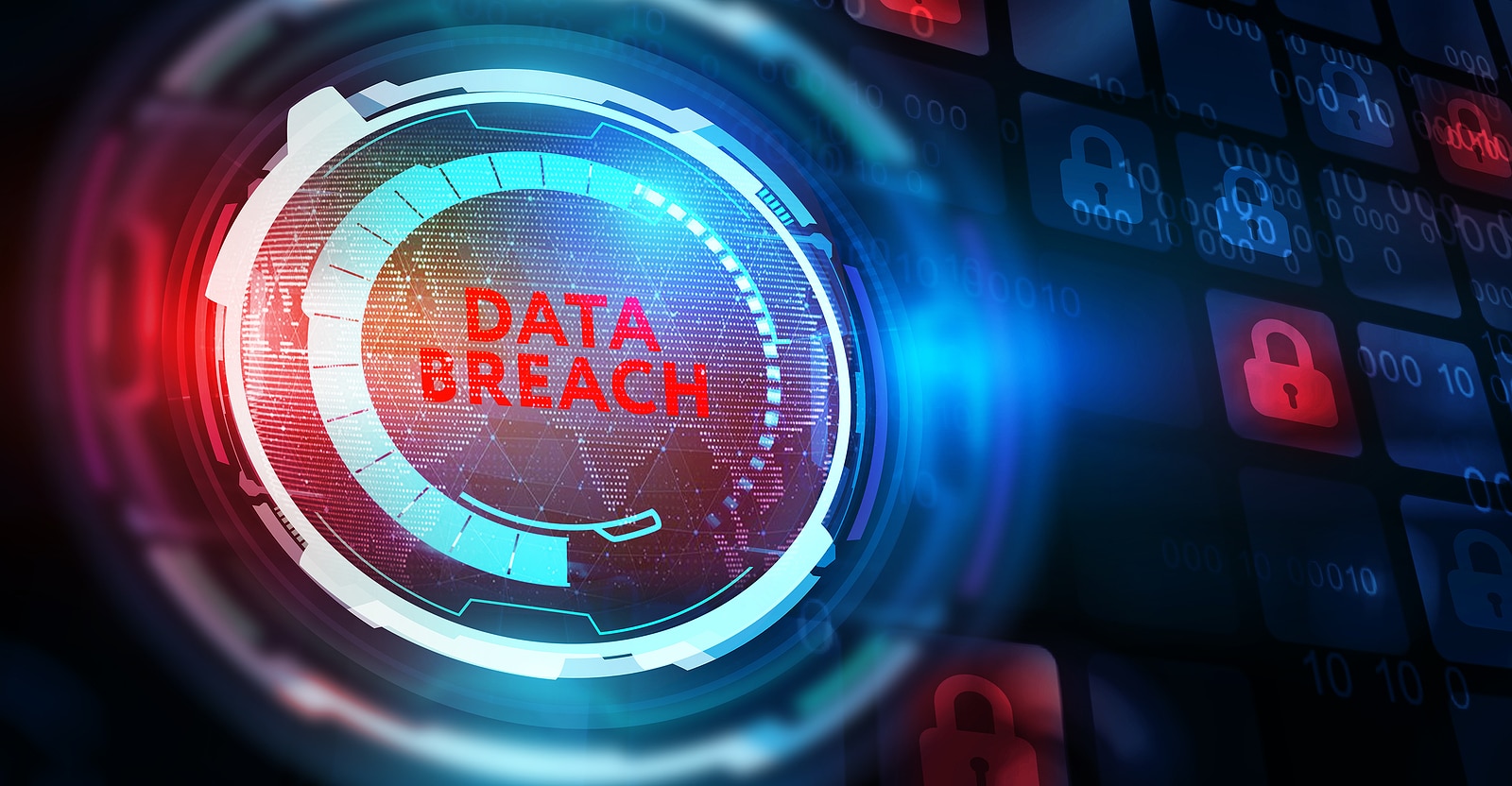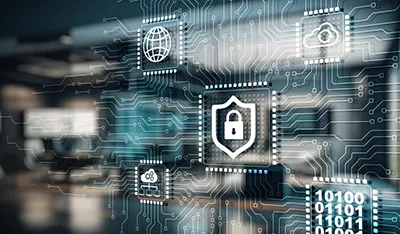Maximizing Cyber Security through Advanced Data Destruction Methods
Maximizing Cyber Security through Advanced Data Destruction Methods
Blog Article
Just How Appropriate Data Destruction Contributes to Robust Computer Security Providers and Mitigates Risks of Data Violations
In today's digital landscape, the relevance of appropriate data destruction can not be overstated, as it serves as a basic component of detailed computer system security solutions. The ramifications of insufficient information destruction expand beyond simple compliance; they can greatly influence an organization's cybersecurity position and credibility.
Value of Data Destruction
In today's digital landscape, the significance of data damage can not be overemphasized. As companies significantly rely upon electronic assets, the potential risks connected with information violations and unapproved gain access to magnify. Effective data destruction is an important element of an extensive info safety method, securing delicate info from falling under the hands of harmful stars.
When information is no more required, simply removing data or formatting hard drives wants. Recurring data can typically be recouped using conveniently available devices, positioning considerable risks to both individuals and companies. This underscores the necessity for robust information destruction techniques that ensure all data is irretrievably gotten rid of.
In addition, regulatory compliance requireds, such as GDPR and HIPAA, highlight the commitment to shield delicate data, including its appropriate disposal. Non-compliance can lead to severe lawful consequences and punitive damages. data destruction. Hence, incorporating reliable information damage methods not just enhances security however additionally strengthens an organization's reputation and dependability

Methods of Secure Data Erasure
Numerous reliable methods of protected data erasure can be used to ensure that sensitive info is completely eliminated from storage space tools. One widely acknowledged technique is data overwriting, which includes changing existing data with random patterns multiple times. This technique considerably minimizes the opportunities of information recuperation, although it may not work versus innovative forensic strategies.

Physical destruction is likewise a trustworthy method, where storage space gadgets are provided pointless through shredding, squashing, or incineration. This method makes certain that data can not be recovered by any kind of methods but needs cautious handling of unsafe products.
Lastly, specialized software program tools created for secure data erasure supply performances that abide by different erasure criteria. These tools often consist of attributes like verification processes to verify successful data destruction.
Utilizing these approaches in mix can boost data protection and mitigate the risks related to data breaches, making sure that sensitive info is not accidentally exposed.
Legal and Compliance Considerations
The techniques employed for safe and secure data erasure not just offer to shield sensitive info yet additionally needs to align with lawful and conformity structures controling data security. Organizations are required to abide by various laws, such as the General Data Defense Regulation (GDPR), the Medical Insurance Portability and Accountability Act (HIPAA), and the Payment Card Industry Data Security Requirement (PCI DSS) These laws mandate particular protocols for data taking care of and destruction, guaranteeing that delicate and individual information is irretrievably eliminated when no more needed.
Failure to abide by these legal needs can result in significant charges, consisting of fines and reputational damage. Furthermore, companies have to preserve records of information damage procedures, showing conformity during audits or investigations. This documentation not only shields against lawful effects yet additionally reinforces trust with clients and stakeholders, showcasing a dedication to information protection.
Including lawful and conformity considerations right into information destruction methods is crucial for any organization. It reduces the threat of data violations and highlights an aggressive technique to safeguarding sensitive information, eventually promoting a culture of safety and responsibility across the organization.
Effect On Cybersecurity Position
Effective information destruction considerably enhances a company's cybersecurity pose by reducing the potential attack surface area for cyber dangers. When sensitive information is not effectively damaged, it stays accessible to harmful actors that can exploit this details for unauthorized gain access to, identification theft, or corporate espionage. By carrying out robust information damage procedures, companies can efficiently reduce the risk of information breaches and improve their total safety and security framework.
Furthermore, the safe and secure disposal of unnecessary or obsolete data not just safeguards delicate information yet also aids companies adhere to market laws and requirements. Failing to effectively ruin information can lead to serious lawful repercussions and reputational damage, more compromising an organization's cybersecurity stance.

Eventually, focusing on reliable data devastation is crucial for promoting a durable cybersecurity position, ensuring that companies stay watchful versus developing cyber dangers while securing their crucial possessions and stakeholders.
Best Practices for Organizations
Carrying out best techniques for data destruction is vital for organizations intending to safeguard sensitive details and alleviate cybersecurity threats. Companies ought to develop a comprehensive information devastation plan that describes obligations and treatments. This policy ought to follow appropriate policies, such as GDPR or HIPAA, making sure lawful conformity.
Second of all, it is important to make use of authorized data sanitization techniques, including data cleaning, degaussing, and physical damage, tailored to the kind of data and storage tool. Using qualified specialists for data damage solutions boosts the reliability of these approaches.
Furthermore, organizations need to keep a detailed inventory of all information storage space tools, ensuring that all outdated or replaced devices undertakes damage. Routine audits of data devastation practices can aid boost and determine weak points conformity.
Worker training is another vital aspect, as team needs to understand the importance of information damage and adhere to developed procedures. Lastly, organizations should record all data damage activities to supply accountability and traceability, which can be indispensable throughout audits or in the occasion of a breach.
Conclusion

One extensively identified method is information overwriting, which involves replacing existing information with random patterns multiple times.The techniques utilized for safe and secure data erasure not only serve to shield sensitive info yet also needs to align with legal and compliance frameworks regulating information security. These guidelines mandate details procedures for information dealing with and devastation, ensuring that sensitive and individual information is irretrievably gotten rid of when no more longer required.
By carrying out robust information destruction methods, companies can successfully reduce the threat of data breaches and enhance their overall safety framework.
In verdict, correct data devastation is important for boosting computer system safety solutions and alleviating the find out this here threats connected with information breaches. - data destruction
Report this page